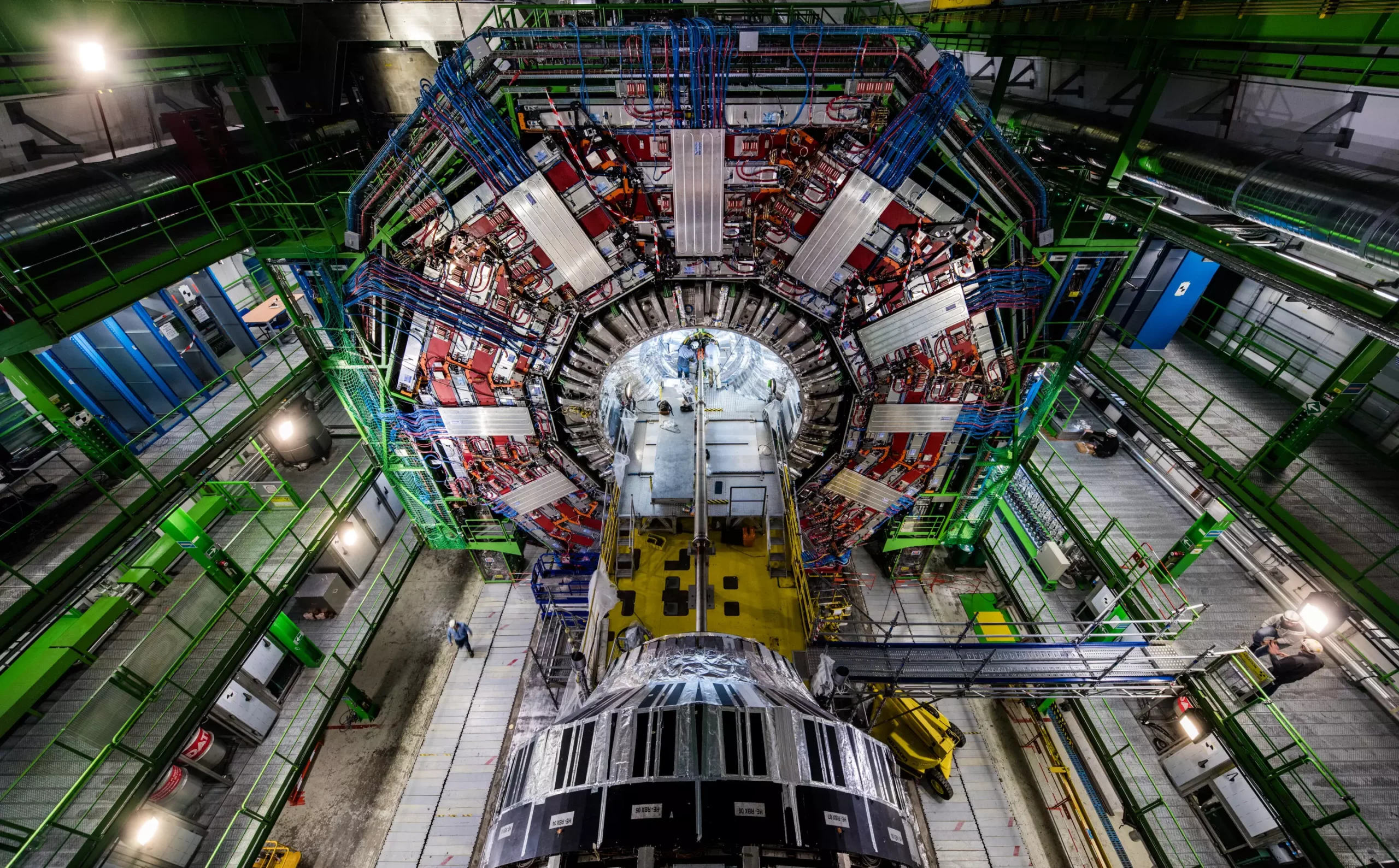In the rapidly evolving field of particle physics, one cornerstone particle, the W boson, has intrigued scientists since its discovery in 1983. As a key player within the Standard Model, which describes fundamental forces and particles in the universe, the W boson’s mass has helped elucidate the interactions between particles. Recent developments from the Compact Muon Solenoid (CMS) experiment at the Large Hadron Collider (LHC) have shed fresh light on this vital particle, enabling researchers to revisit long-standing mysteries surrounding its mass. The announcement of a new, precise measurement by the CMS team not only supports earlier predictions but also reinforces the integrity of the theoretical framework that defines particle physics.
The CMS experiment’s latest findings, released in the wake of unexpected results from the Collider Detector at Fermilab (CDF), present a comprehensive approach to measuring the W boson mass. The researchers meticulously analyzed data from 300 million events gathered during the LHC’s 2016 run, along with 4 billion simulated events. Evaluating this extensive dataset, the team successfully reconstructed and measured the properties of over 100 million W bosons. Their work culminated in the determination of the W boson mass at 80,360.2 ± 9.9 megaelectron volts (MeV)—a figure that aligns closely with the Standard Model’s predictions, which state a mass of 80,357 ± 6 MeV.
This new technique harnesses innovative methodologies, engendering unprecedented precision that is measured at 0.01%. To put this in perspective, this level of accuracy can be likened to measuring a 4-inch pencil with a variance of only 0.0002 inches—a remarkable feat when considering the subatomic scale at which the W boson operates.
Despite years of research, measuring the mass of the W boson has always posed significant challenges. Unlike other, more stable particles, the W boson is short-lived, making direct measurement complicated. Scientists often rely on decay products to indirectly determine its properties. However, one of the W boson’s decay products is the elusive neutrino, which escapes detection during collider experiments. This intricate situation leads scientists to operate with incomplete data.
In attempting to fill in the gaps, physicists creatively simulated billions of collision events before embarking on real experimental data. This necessity for simulation underscores the reliance on theoretical frameworks, introducing potential uncertainties into the measurements. Previous analyses often leaned on the Z boson as a proxy for the W boson, yet the inherent differences between these particles necessitated cautious extrapolation, adding further uncertainty to conclusions.
The Edge of Precision: Navigating Uncertainties
Recognizing the limitations of using the Z boson as a benchmark, the CMS researchers developed a novel analysis technique that utilized only authentic W boson data for calibration. This methodological refinement arose from the combination of an extensive dataset and deeper comprehension garnered from earlier studies, paving the way for a more reliable measurement tool. As Patty McBride, a seasoned physicist involved in the analysis, emphasized, the CMS team effectively freed themselves from the reliance on the Z boson, which had clouded previous assessments.
The advancement in precision tools was notable. The researchers recalibrated sections of the CMS detector by examining millions of decay tracks from well-known particles. This meticulous work has unfolded into a new era of accuracy for mass measurements involving fundamental particles, including the W, Z, and Higgs bosons.
With the venerated CMS measurement now firmly established, the implications stretch beyond mere verification of the Standard Model; they open the door for probing new physics. The careful scrutiny of the W boson’s mass intertwines with broader questions regarding the nature of matter and energy, potentially revealing signs of new particles or forces. As physicist Anadi Canepa astutely noted, any deviation from the expected W boson mass could indicate unnavigated realms of physics yet to be uncovered.
With a brighter understanding of the W boson, particle physicists can refine their theoretical models, deepening insights into phenomena such as the Higgs field and the union of electromagnetic and weak forces. The advances made by the CMS experiment epitomize the collaborative spirit of the physics community, building on the lessons of past experiments while venturing into uncharted territories of subatomic investigation.
The new measurement of the W boson’s mass articulated by the CMS experiment is not merely an end but rather a profound beginning. By reinforcing the foundational precepts of the Standard Model through meticulous analysis and outstanding precision, the researchers have enriched the body of knowledge surrounding particle physics. As they forge ahead, armed with this new data and analytical techniques, the scientific community stands at the precipice of numerous possibilities, eagerly anticipating the next discoveries that lie within the microcosmic dance of particles and forces that govern our universe.

